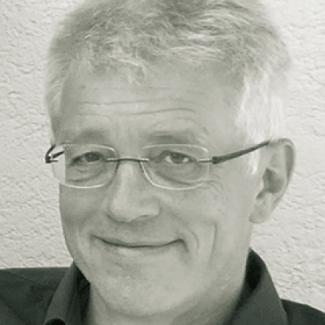Good news from the International Energy Agency
The IEA has issued a statement that includes the following sentences:
“Last year marked a turning point for renewables. Led by wind and solar, renewables represented more than half the new power capacity around the world, reaching a record 153 gigawatt (GW), 15 % more than the previous year. Most of these gains were driven by record-level wind additions of 66 GW and solar PV additions of 49 GW. About half a million solar panels were installed every day (emphasis by IEA) around the world last year. In China, which accounted for about half the wind additions and 40 % of all renewable capacity increases, two wind turbines were installed every hour in 2015.”
There is more good news:
“Renewables are expected to cover more than 60 % of the increase in world electricity generation over the medium term (…). Generation from renewables is expected to exceed 7600 TWh by 2021 – equivalent to the total electricity generation of the United States and the European Union put together today.”
According to the IEA, there are two reasons for this welcome trend:
- Climate protection has moved up on the agenda of various governments, including in the USA and in Asia’s emerging markets.
- The costs of renewables, especially photovoltaics and on-land wind power, are declining fast.
It is worth remembering that the IEA used to promote nuclear power as the one alternative to fossil fuels. If I remember well, it was still casting doubt on renewables at the Earth Summit in Rio de Janeiro in 1992, the conference that adopted the UN Framework Convention on Climate Change. That was then.
There is an important policy lesson. Renewables are now thriving because some governments, including Germany’s, decided to promote them. That is why technology improved and renewables became competitive even though the true costs of both nuclear power and fossil fuels are still not appropriately factored into market prices internationally. If one considers the long-term environmental impact, renewables were always competitive, but energy prices do not reflect those prices.
The truth is that market and state complement one another. They are not opposites, as some orthodox economists argue. I’ve spelled out why I disagree with market-fundamentalism before, so I won’t launch a big theoretical argument now. It is worth noting, however, that we’d be heading for a much more dangerous world than we currently are if we had let policy-making only be guided by market prices in the past two decades. And who knows, the unprecedented surge in renewables may actually allow humankind to limit global warming to below two degrees, in line with the aspirations of the UNFCCC, without creating huge piles of radioactive waste that must be stored safely for millennia …


